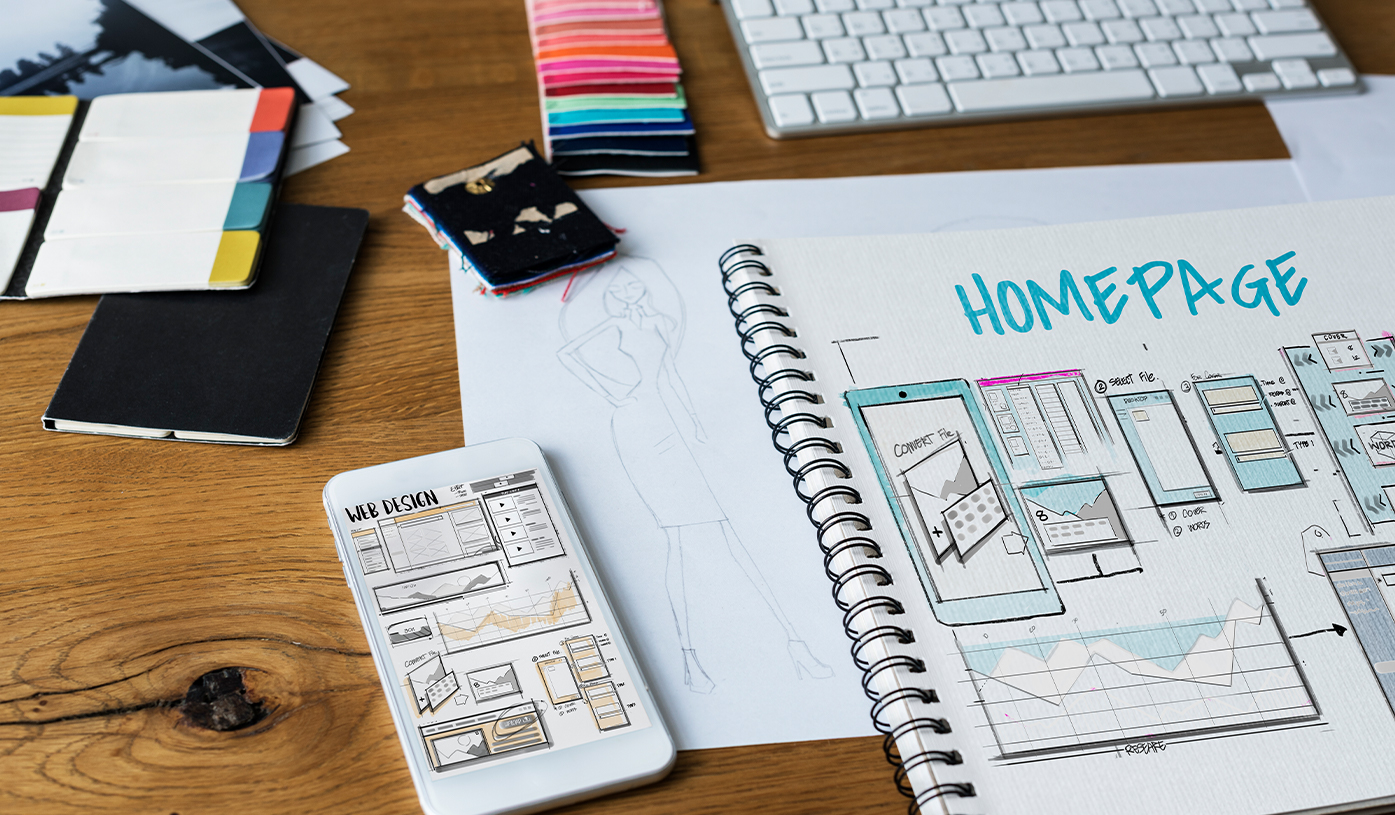Menu

Seekvector empowers designers and businesses to implement minimalism in website design, a strategy that focuses on simplicity and clarity to enhance user experience (UX). In an age where digital attention spans are short and online competition fierce, a cluttered website can drive visitors away. Minimalism removes unnecessary elements, making websites faster, cleaner, and easier to navigate, which directly improves user satisfaction and engagement.
This article explores the principles of minimalism, its benefits for UX, and practical ways to apply it using Seekvector’s intelligent design tools.
Minimalism is a design philosophy that emphasizes simplicity by stripping away non-essential components. The goal is to highlight important content and functionality, making the user’s journey seamless and enjoyable.
Key benefits of minimalism include:
Improved Load Times: Less content means faster page loading, critical for SEO and retention.
Clear Navigation: Users can find what they need quickly without distractions.
Enhanced Visual Hierarchy: Calls to action (CTAs) and key messages stand out.
Better Mobile Experience: Clean layouts adapt well to small screens.
According to a report by Adobe, 38% of users will stop engaging with a website if its content/layout is unattractive or confusing, underlining minimalism’s importance.
Seekvector’s AI-driven platform simplifies minimalism adoption with features like:
Content Prioritization: AI analyzes your content and suggests what to keep or remove for clarity.
Automated Layout Generation: Generates clean wireframes that focus on essential elements and white space.
Color Palette Recommendations: Suggest neutral and complementary colors that enhance minimal aesthetics.
Typography Suggestions: Recommends readable fonts and optimal spacing for better user comprehension.
Seekvector also provides analytics to track user interactions, allowing continuous refinement of your minimalist design for maximum UX impact.
Follow these steps to apply minimalism effectively with Seekvector:
Limit Your Color Scheme: Use 2-3 harmonious colors to maintain visual simplicity.
Embrace White Space: Provide breathing room around elements to reduce cognitive load.
Streamline Content: Use concise headings, and bullet points, and avoid long paragraphs.
Simplify Menus: Reduce navigation options and label them clearly for intuitive browsing.
Optimize Media: Use minimalistic, lightweight images and compress files to speed up loading.
Real-World Example: Minimalism Driving Results
A technology startup leveraged Seekvector’s minimalist design tools to overhaul its website. Results included:
45% reduction in page load time
30% increase in average session duration
20% rise in conversion rates
By focusing on essential content and intuitive navigation, the company created a user-friendly environment that boosted engagement and sales.